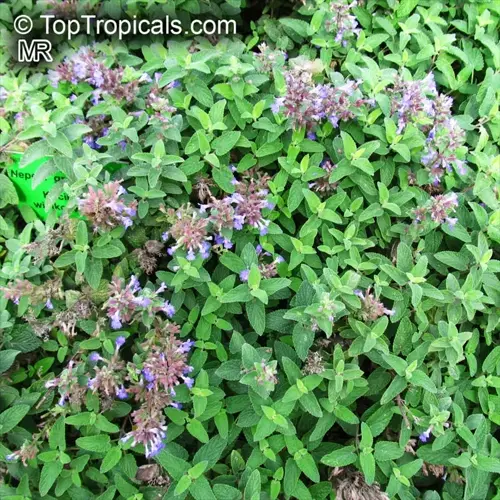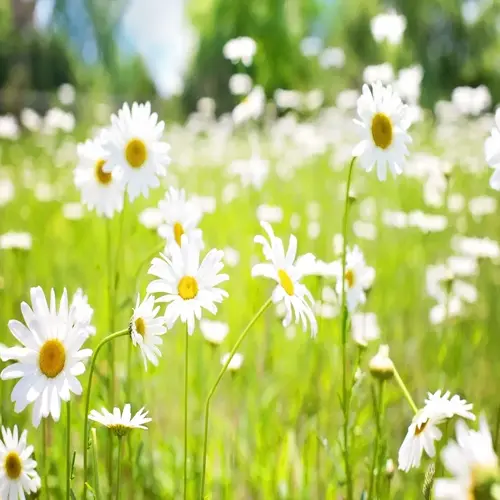How should chives be harvested for continuous growth?

Written by
Paul Reynolds
Reviewed by
Prof. Samuel Fitzgerald, Ph.D.Proper harvesting will change chives into continuous producers rather than seasonal plants. It is a technique that involves cutting in a way that prompts the plant to produce new growth. I harvest from my plants every week during peak season. With this method, you will achieve 10 times the occasional harvesting amount. It prevents them from flowering and therefore saves energy by producing leaves instead of flowers.
Cutting Technique
- Use sharp scissors for clean cuts at soil level
- Target outer leaves first leaving center growth
- Angle cuts away from the plant center
Growth Monitoring
- Measure leaves before cutting at 6-8 inch height
- Check plant density ensuring light reaches all parts
- Observe regrowth rate to adjust frequency
Plant Response
- New shoots emerge within 3-5 days after cutting
- Root expansion increases with regular harvesting
- Flower prevention maintains flavor intensity
Steer clear of typical harvesting annoyances that inhibit regrowth. Don't pull leaves, which destroys the crown. When cutting above the soil zone, it creates stubble that deteriorates over time. Taking more than ⅓ of the foliage stresses plants. I have (un)officially marked my scissors with red tape to remind me to stop. This saves from harvesting "oops".
Post-harvest care speeds up recovery. Water plants with a deep soak within 2 hours of cutting. Fertilize with diluted fish emulsion fertilizer monthly during periods of active growth. Rotate container plants to get even exposure to light. My plants recover faster with these simple steps. Healthy plants are more resilient to pests post-harvest.
Learn about the plant biology that drives continuous production. Each cutting triggers the release of hormones that activate the development of new buds. Regular harvesting builds denser root systems, which encourages more foliage over time. I realized I could double my harvest if I could cut to the harvest schedule. Now that the biological quest is behind us, we'll share the physiological science responsible for the transformation in managing herb gardening.
Combine harvesting with division for maximum results. An overgrown clump is divided every third spring. The divisions are spaced according to the recommended planting distance. The new divisions are lightly harvested for six weeks. This will promote healthy plants quickly. My divided variants were flowering faster than those grown from seeds, and they are productive for years.
Read the full article: How to Grow Chives Successfully

